The Definitive Collection of Mystical Gospels and Secret Books about Jesus of Nazareth
I wish to express my gratitude to Chapman University and the Griset Chair in Bible and Christian Studies for the generous support of my research.
A number of people at Harper San Francisco have been very helpful in producing this book, among them Eric Brandt, John Loudon, Kris Ashley, and Lisa Zuniga.
To my wife and children I offer my special thanks. They have been patient with my preoccupations and have encouraged me with their wisdom.
Discoveries of Gnostic Gospels
The gnostic gospels and related texts published in this volume are providing remarkable new ways of understanding Jesus and the beginnings of Christianity, but none of this would be possible were it not for recent discoveries of papyrus manuscripts buried in the sands of Egypt.
In December 1945, as Muhammad Ali of the al-Samman clan has told his story, several Egyptian fellahin, including Muhammad Ali himself, were riding their camels near the Jabal al-Tarif, a prominent cliff that flanks the Nile River in Upper Egypt near the modern city of Nag Hammadi. The fellahin hobbled their camels at the foot of the Jabal al-Tarif and proceeded to dig around a large boulder that had fallen onto the talus, the slope of debris against the face of the cliff. They were looking for sabakh, natural fertilizer that may be gathered in such places, but to their surprise they discovered something else: a large storage jar, buried by the boulder, with a bowl sealed on the mouth of the jar as a lid. Muhammad Ali has noted that he paused before removing the lid, since he was concerned that the jar might contain a jinni, or spirit, that could do harm if released from the jar. Yet Muhammad Ali apparently also recalled stories about treasures hidden in the ground in that region, and his love of gold overcame his fear of jinn. As he has reported, he smashed the jar with his mattock, and something golden came out of the jar and disappeared into the air.
What Muhammad Ali saw, we now conclude, was not gold but rather papyrus fragments, golden in color, which were released from the confines of the jar into the sunlight. When he looked inside the jar, he was disappointed that there was no more gold remaining, but he found what scholars judge to be worth more than gold. There, in the jar, was a collection of ancient texts, thirteen codices of what we now call the Nag Hammadi library. All the texts are written in Coptic, a late form of the Egyptian language. Within this small library are most of the gnostic gospels and related texts presented in this volume: the Gospel of Thomas, the Gospel of Philip, the Gospel of Truth, the Holy Book of the Great Invisible Spirit (also known as the Egyptian Gospel), the Secret Book of John, the Secret Book of James, the Book of Thomas, the Dialogue of the Savior, and the Second Discourse of Great Seth.
A few decades earlier, in January 1896, a dealer in manuscripts in Cairo had offered to sell a papyrus codex to a German scholar named Carl Reinhardt. The book, like the dealer, may have come from Akhmim, Egypt, but precisely where the codex was discovered remains uncertain. It may have been buried in a cemetery or somewhere else near Akhmim, if the books editor, Carl Schmidt, is correct. Reinhardt bought the codex in Cairo and took it to Berlin, where it was housed in the gyptisches Museum. Today it is frequently called BG 8502, for Codex Berolinensis Gnosticus 8502, or Berlin Gnostic Codex 8502.
Carl Schmidt was prepared to publish this papyrus book in 1912, but curses fit for the legendary stories of Egyptian magic began to afflict the lives of those working on the codex. A water pipe burst at the print shop in Leipzig and destroyed the pages being prepared for publication. World War I broke out and delayed the publication of the book. Carl Schmidt died. World War II further hindered the books appearance. And the Nag Hammadi library was discovered in 1945 and distracted scholars from their work on the Berlin codex. At last, in 1955, Walter C. Till, who assumed editorial responsibility for the Berlin codex after the death of Carl Schmidt, saw the German critical edition of BG 8502 through the press, and finally the book was made available.
Within Berlin Gnostic Codex 8502 are four texts, also written in Coptic. The first text is the incomplete but fascinating Gospel of Mary, which is included in this volume. The other texts are the Secret Book of John (the shorter version), the Wisdom of Jesus Christ (also found in the Nag Hammadi library), and the Act of Peter (compare the Acts of Peter).
Other ancient texts have also contributed to the collection of gnostic gospels and related texts presented in this volume. From a rubbish heap at ancient Oxyrhynchus (modern Bahnasa) in Egypt archaeologists have uncovered thousands of papyri, among them Greek fragments of the Gospel of Thomas (Papyrus Oxyrhynchus[P. Oxy.] 1, 654, 655) and the Gospel of Mary (Papyrus Oxyrhynchus [P. Oxy.] 3525 and Papyrus Rylands [P. Ryl.] 463). Within the Refutation of All Heresies of Hippolytus of Rome, scholars have identified quotations from a version of the Gospel of Thomas and long passages from the Book of Baruch, a gnostic text authored by a certain Justin. And in the Acts of John there is a section, termed the Round Dance of the Cross (or, the Hymn of Jesus), that provides a gnostic interpretation of Jesus, the nature of suffering, and the destiny of people.
What Is Gnosticism?
More than any other publication, I would suggest, it was Elaine H. Pagelss book The Gnostic Gospels that brought to our attention the phrase gnostic gospels, and the same phrase is used in the title of this present volume. But what is gnosticism?
Gnosticism currently is a most compelling and controversial term. The word gnosticism was apparently coined in the seventeenth century, and it was employed for anti-Catholic polemical purposes. However, the Greek words gn  sis, knowledge, and gn
sis, knowledge, and gn  stikos, knower or gnostic, were used much earlier. The word gn
stikos, knower or gnostic, were used much earlier. The word gn  sis is a common term in texts from antiquity and late antiquity, and both gn
sis is a common term in texts from antiquity and late antiquity, and both gn  sis and gn
sis and gn  stikos are found throughout the writings of the heresiologists, who set out to combat and expose as heresy what they perceived to be inappropriate thought and action.
stikos are found throughout the writings of the heresiologists, who set out to combat and expose as heresy what they perceived to be inappropriate thought and action.
Hence, because of the polemical purposes inherent in most of the discussions of gn  sis, gnostics, and gnosticism, some scholars have recommended that we abandon these terms altogether. Leading the charge in the attack on these terms are Michael A. Williams and Karen L. King, and the arguments of both of these scholars merit serious consideration.
sis, gnostics, and gnosticism, some scholars have recommended that we abandon these terms altogether. Leading the charge in the attack on these terms are Michael A. Williams and Karen L. King, and the arguments of both of these scholars merit serious consideration.
In his book Rethinking Gnosticism, Michael Williams argues that he intends to dismantle a dubious category, that category being gnosticism itself. Williams surveys a wide variety of attempts on the part of scholars to define and describe gnosticism, and he finds all the attempts to be wanting. The term gnosticism, Williams observes, has indeed ultimately brought more confu In the wake of scholarly confusion and obfuscation regarding gnosticism, Williams proposes a new category to replace gnosticism: biblical demiurgical traditions. He writes,

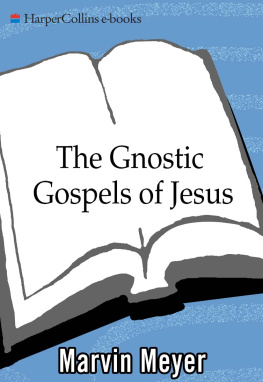


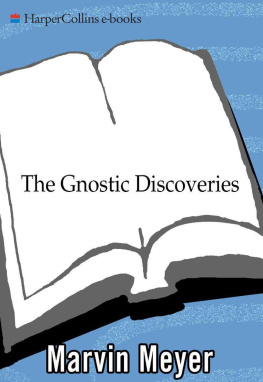
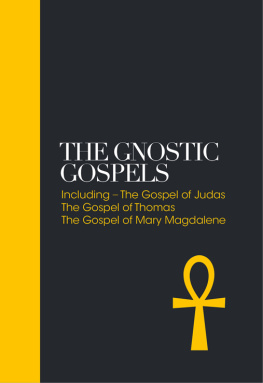

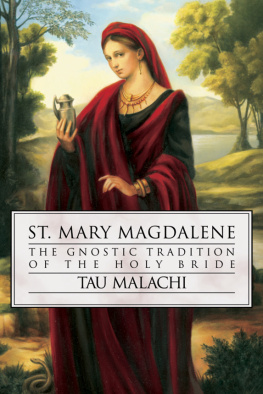
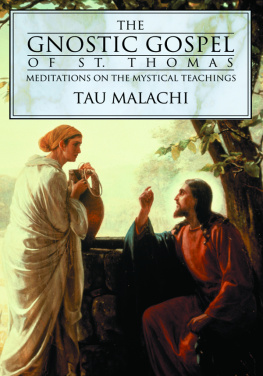

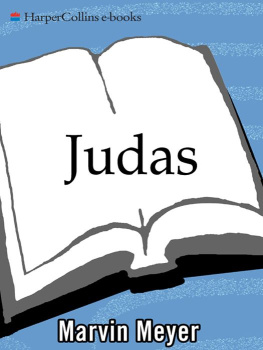
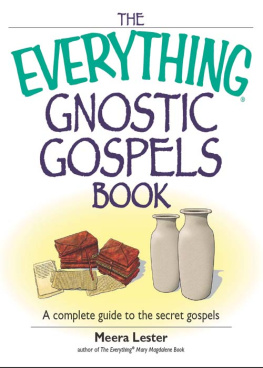
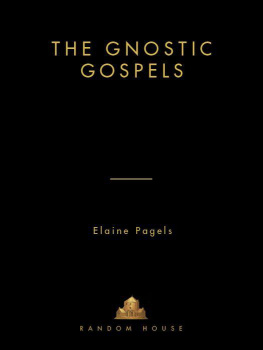
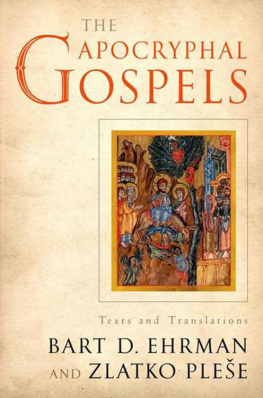

 sis, knowledge, and gn
sis, knowledge, and gn